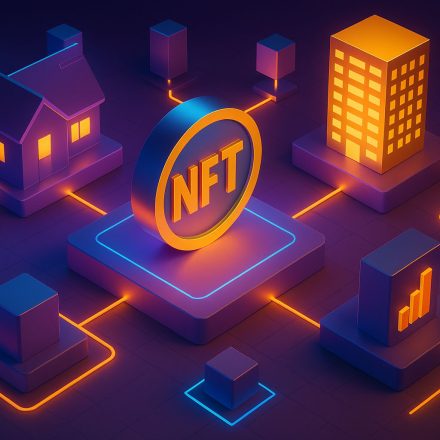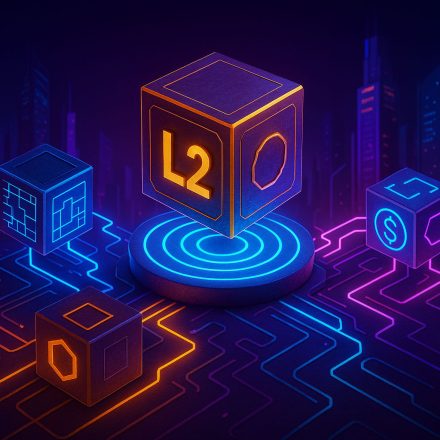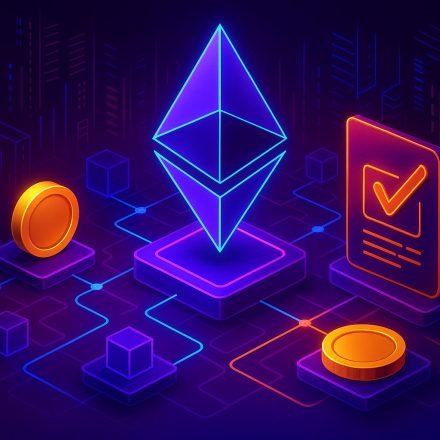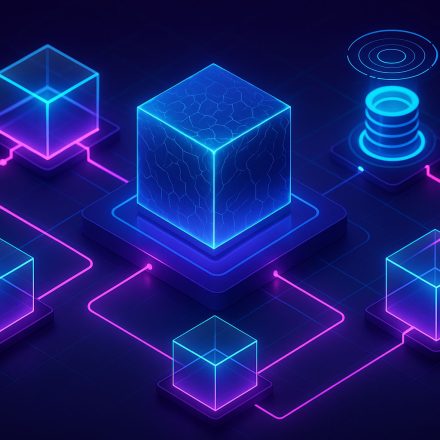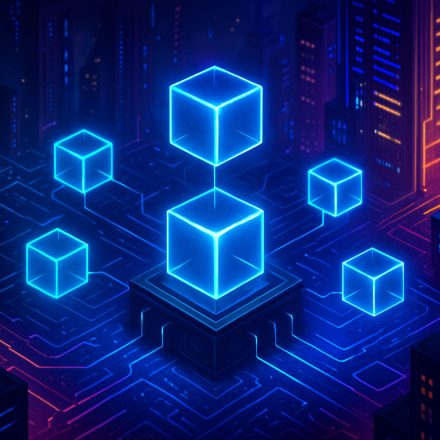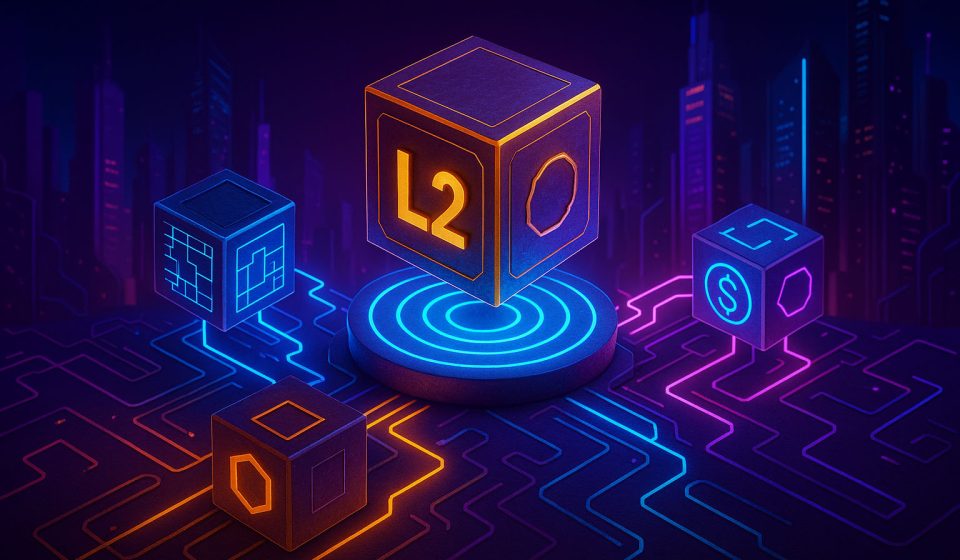
🚀 The Rise of Layer 2 Solutions in 2025: What You Need to Know
The rise of Layer 2 solutions in 2025 is reshaping how blockchain networks handle scale, speed, and affordability. As Ethereum continues to battle congestion and rising fees, Layer 2 has emerged as a breakthrough — offering massive performance boosts while preserving decentralization.
Table Of Content
- 🔗 What Are Layer 2 Solutions?
- 📈 Why Layer 2 Is Booming in 2025
- 🔧 Types of Layer 2 Scaling Technologies
- 🌐 Key Layer 2 Projects Gaining Traction
- 🔹 Arbitrum
- 🔹 Optimism Superchain
- 🔹 zkSync Era
- 🔹 Starknet
- 🔹 Polygon zkEVM
- 💡 Benefits of Layer 2 for Users and Developers
- For Users
- For Builders
- ⚠️ Challenges and Risks in Layer 2 Adoption
- 🌍 Why This Matters for the Future of Web3
- 🔗 Learn More About Blockchain Scaling
This article explores what Layer 2 is, why it’s booming this year, and how it’s changing the Web3 experience for developers and users alike.
🔗 What Are Layer 2 Solutions?
Layer 2 refers to technologies built on top of base Layer 1 blockchains (like Ethereum) that improve speed and reduce transaction costs by processing data off-chain and settling final results on-chain.
They:
- Relieve congestion on Layer 1
- Reduce gas fees
- Allow more apps and users to scale with confidence
Explore foundational topics in blockchain infrastructure and tech if you’re new to the concept.
📈 Why Layer 2 Is Booming in 2025
The momentum behind Layer 2 this year is driven by:
- Persistent high fees on Layer 1 networks
- Mass adoption of Web3 games and DeFi protocols
- Simpler development stacks and better UX
- Aggressive funding and ecosystem grants from L2 networks
According to L2Beat, TVL in Layer 2 has surged past $40 billion by mid-2025 — a 3x increase from 2024.
🔧 Types of Layer 2 Scaling Technologies
| Layer 2 Type | Description | Example Projects |
|---|---|---|
| Optimistic Rollups | Assume transactions are valid unless proven false | Arbitrum, Base, Optimism |
| ZK Rollups | Use cryptographic proofs to validate blocks | zkSync, Starknet, Scroll |
| State Channels | Off-chain payments and microtransactions | Celer Network |
| Validiums | ZK proofs with off-chain data storage | Polygon Miden |
| Sidechains | Independent chains anchored to L1 | Polygon PoS, Gnosis Chain |
Each type balances scalability, trust, and decentralization differently — making it crucial to choose the right tool for your use case.
🌐 Key Layer 2 Projects Gaining Traction
🔹 Arbitrum
Dominating DeFi with Orbit-powered rollups and increasing developer adoption.
🔹 Optimism Superchain
Now supports multi-chain dApps under a unified infrastructure, thanks to the OP Stack.
🔹 zkSync Era
Leads in real-time scaling for payments and NFTs, now expanding into enterprise integrations.
🔹 Starknet
Utilizes advanced zero-knowledge tech for ultra-scalable, secure apps — especially in gaming.
🔹 Polygon zkEVM
Polygon 2.0 is fully Layer 2-native and integrates zk-rollups with multichain support.
💡 Benefits of Layer 2 for Users and Developers
For Users:
- Transactions confirmed in seconds
- Drastically lower fees (fractions of a cent)
- Improved UX for gaming, DeFi, and social dApps
For Builders:
- Access to Ethereum-level security
- High throughput for real-time apps
- Bridges to EVM tools, wallets, and liquidity
⚠️ Challenges and Risks in Layer 2 Adoption
Layer 2 isn’t perfect. Key risks include:
- Ecosystem fragmentation: Too many Layer 2s can split liquidity and users.
- Bridge security: Many exploits still happen in cross-chain communication.
- Developer complexity: Not all L2s are easy to integrate or debug.
- User education: Many users still don’t understand what L2 is or how to use it.
That said, 2025 shows more tooling and standards coming into place to resolve these issues.
🌍 Why This Matters for the Future of Web3
The rise of Layer 2 solutions in 2025 isn’t just a technical upgrade — it’s a necessary evolution. Without scalable infrastructure, Web3 can’t onboard millions of users.
Layer 2s are solving the biggest bottlenecks in blockchain: cost, speed, and user experience. Whether you’re a developer looking to launch faster dApps or a user tired of gas fees, Layer 2 is no longer optional — it’s becoming the standard.
🔗 Learn More About Blockchain Scaling
- Dive deeper into blockchain scaling and Layer 2 technology
- Stay updated with current metrics and L2 project rankings on L2Beat









